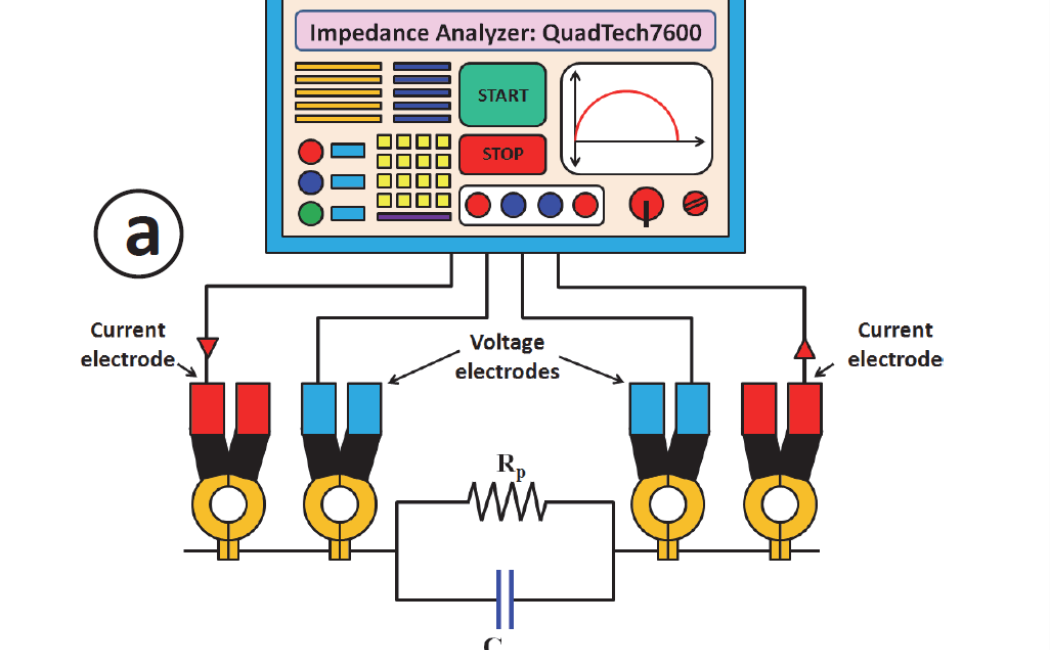


19 September, 2019
Tushar Kanti Bera, Nagaraju Jampana, Gilles Lubineau; A LabVIEW-based electrical bioimpedance spectroscopic data interpreter(LEBISDI) for biological tissue impedance analysis and equivalent circuit modelling;Journal of Electrical Bioimpedance, Volume 7, Issue 1, Pages 35-54;
Under an alternating electrical signal, biological tissues produce a complex electrical bioimpedance that is a function of tissue composition and applied signal frequencies. By studying the bioimpedance spectra of biological tissues over a wide range of frequencies, we can noninvasively probe the physiological properties of these tissues to detect possible pathological conditions. Electrical impedance spectroscopy (EIS) can provide the spectra that are needed to calculate impedance parameters within a wide range of frequencies. Before impedance parameters can be calculated and tissue information extracted, impedance spectra should be processed and analyzed by a dedicated software program. National Instruments (NI) Inc. offers LabVIEW, a fast, portable, robust, user-friendly platform for designing dataanalyzing software. We developed a LabVIEW-based electrical bioimpedance spectroscopic data interpreter (LEBISDI) to analyze the electrical impedance spectra for tissue characterization in medical, biomedical and biological applications. Here, we test, calibrate and evaluate the performance of LEBISDI on the impedance data obtained from simulation studies as well as the practical EIS experimentations conducted on electronic circuit element combinations and the biological tissue samples. We analyze the Nyquist plots obtained from the EIS measurements and compare the equivalent circuit parameters calculated by LEBISDI with the corresponding original circuit parameters to assess the accuracy of the program developed. Calibration studies show that LEBISDI not only interpreted the simulated and circuitelement data accurately, but also successfully interpreted tissues impedance data and estimated the capacitive and resistive components produced by the compositions biological cells. Finally, LEBISDI efficiently calculated and analyzed variation in bioimpedance parameters of different tissue compositions, health and temperatures. LEBISDI can also be used for human tissue impedance analysis for electrical impedance-based tissue characterization, health analysis and disease diagnosis.